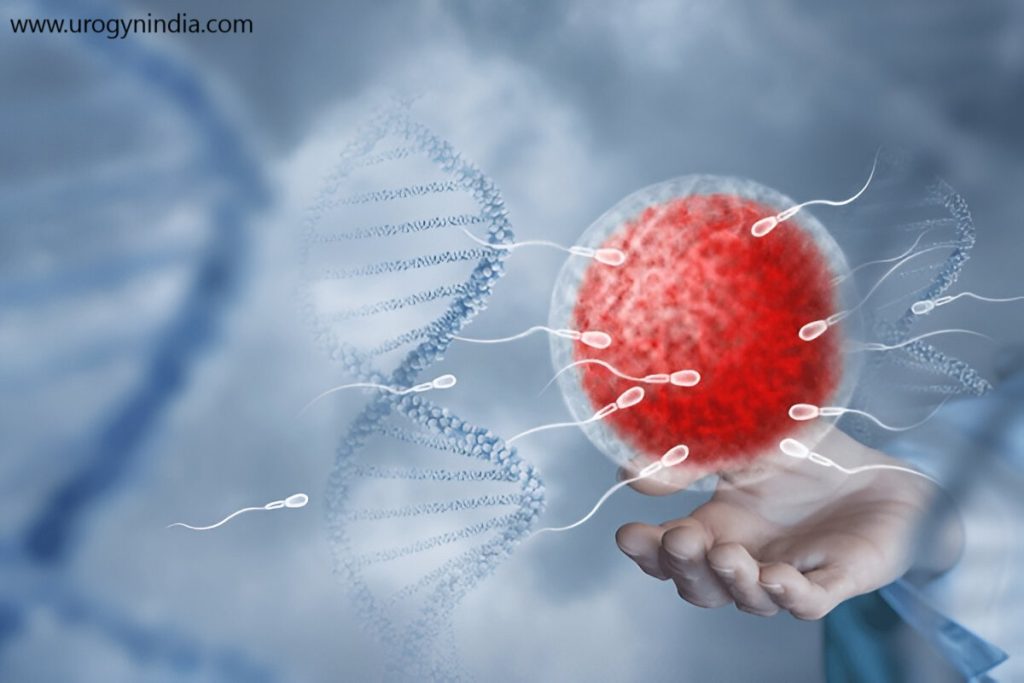
It is defined as the inability to conceive after one year of unprotected intercourse. While infertility can be a challenging and emotional journey for those experiencing it, advancements in medical science have provided a range of diagnostic tools and treatment options. In this blog, we will explore the causes of infertility, methods of diagnosis, and available treatment options for couples seeking to start a family.
Diagnosis of Infertility
To identify the underlying causes of infertility, various diagnostic tests may be conducted. These may include:
Infertility treatments are tailored to address the specific causes identified during diagnosis. The following are some common treatment options:
Infertility is a challenging condition that affects many couples, but with the advancements in reproductive medicine, there are various diagnostic and treatment options available. Consulting with a qualified gynecologist or fertility specialist is crucial to understanding the underlying causes of infertility and developing a personalized treatment plan. Remember, infertility is a medical condition, and seeking support from medical professionals can provide the necessary guidance and hope on the journey to parenthood.